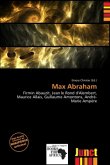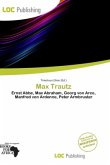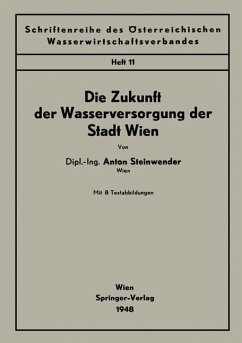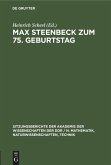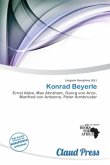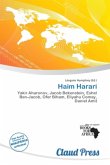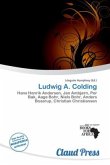Please note that the content of this book primarily consists of articles available from Wikipedia or other free sources online. Max Wien (1866 1938) was a German physicist and the director of the Institute of Physics at the University of Jena. He was born in Königsberg, Prussia. Wien studied under Helmholtz and Kundt. He invented the "Löschfunkensender" (generator of slightly weakened electromagnetic oscillations, used for example, on the RMS Titanic) during the years 1906 to 1909 and the Wien bridge in 1891. Many articles incorrectly attribute to Wien the invention of an oscillator bearing his name, but at the time of the invention of his bridge circuit, electronic amplifiers (a prerequisite to making electronic oscillators) did not exist. William Hewlett, co-founder of Hewlett-Packard, was the first to use a Wien bridge as a feedback network around a vacuum tube amplifier to create an oscillator in 1939.
Bitte wählen Sie Ihr Anliegen aus.
Rechnungen
Retourenschein anfordern
Bestellstatus
Storno


